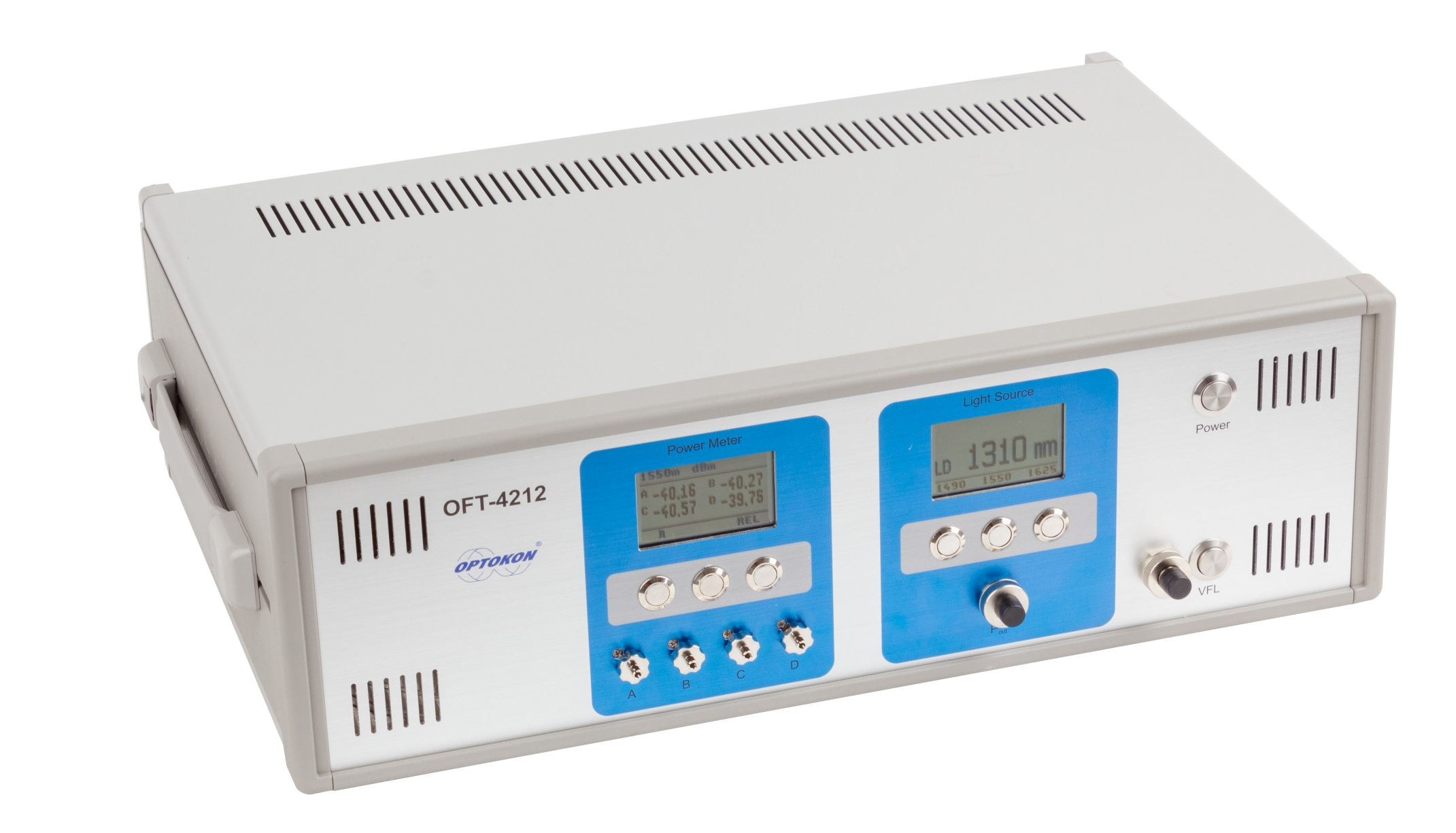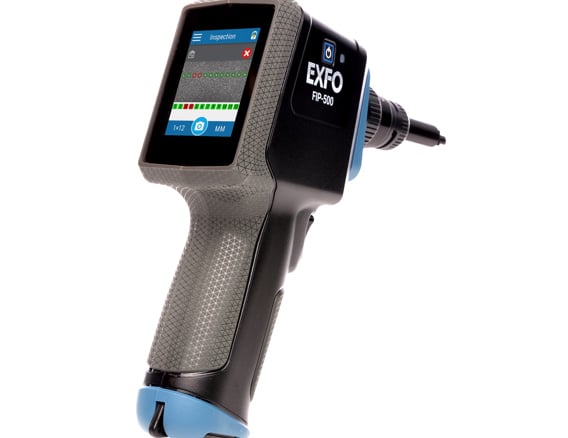Common questions about robotic vision in manufacturing
Discovering the Impact of Robotic Vision on Modern Manufacturing Techniques and Top Quality Control
Robotic vision modern technology is changing the landscape of modern-day manufacturing and quality control. By integrating innovative imaging systems and man-made knowledge, producers can achieve extraordinary degrees of precision and performance. This change not just optimizes manufacturing procedures but additionally addresses important obstacles in maintaining item requirements. As industries increasingly rely on these technologies, the implications for future manufacturing techniques remain to be fully discovered. What will this mean for the affordable dynamics of the market?
Understanding Robotic Vision Technology
Robotic vision technology works as the backbone of automation in modern manufacturing. It incorporates the usage of video cameras, sensors, and expert system to allow robotics to translate and reply to aesthetic details from their setting. This technology allows robots to determine, locate, and examine things, making them capable of carrying out complex jobs such as setting up, assessment, and material handling with accuracy. The assimilation of artificial intelligence algorithms better improves the capacity of robot vision systems, enabling them to adapt to differing conditions and improve in time. By refining images and data in real-time, robotic vision systems can promote much faster decision-making and minimize errors in producing processes (robotic vision). This innovation not only enhances operational efficiency however likewise ensures that top quality standards are met regularly. As the manufacturing landscape continues to progress, understanding the intricacies of robot vision modern technology ends up being crucial for leveraging its possible completely
Advantages of Robotic Vision in Manufacturing
Robotic vision modern technology offers significant advantages in manufacturing by improving precision and precision in tasks such as top quality control and setting up. This increased level of information warranties that products fulfill rigorous standards, decreasing waste and revamp. Furthermore, the combination of robot vision can result in enhanced production efficiency, enabling manufacturers to optimize their processes and accomplish higher outcome prices.
Boosted Precision and Accuracy
In modern-day manufacturing, improved precision and accuracy are important for optimizing manufacturing procedures and ensuring product top quality. Robotic vision systems make it possible for devices to do intricate tasks with exceptional consistency. These systems use advanced imaging innovations to detect minute information and variants in products, elements, and completed items. By analyzing aesthetic information in real-time, robot vision significantly reduces human mistake, causing less issues and higher top quality standards. Additionally, enhanced precision in measurements and placing facilitates better alignment in assembly processes, which is vital for complex styles. Ultimately, the assimilation of robotic vision not just strengthens the integrity of manufacturing results but likewise fosters confidence among consumers relating to product stability and efficiency. This precision is important in industries where high quality is critical.
Enhanced Manufacturing Effectiveness

Makers are increasingly transforming to vision systems to increase production effectiveness across different processes. These advanced systems enable real-time evaluation and surveillance, considerably lowering downtime triggered by mistakes or problems. By incorporating robot vision, companies can automate quality assurance, allowing for faster recognition of concerns and lessening the requirement for human treatment. This causes streamlined workflows, as robots can swiftly adapt to changes in manufacturing demands without giving up precision. Furthermore, vision systems promote much better supply management by properly tracking parts and products, guaranteeing optimal source usage. Inevitably, the fostering of robotic vision not just enhances effectiveness but additionally adds to higher outcome rates, minimized functional costs, and improved overall performance in the production sector.
Enhancing Quality Assurance Processes
Robotic vision innovation significantly enhances top quality control processes in manufacturing by employing accuracy evaluation methods. These innovative systems promote real-time problem discovery, making sure that products satisfy strict top quality requirements. Therefore, manufacturers can lessen waste and boost overall efficiency.
Precision Evaluation Techniques
Accuracy assessment techniques have actually reinvented top quality control processes in manufacturing, allowing the detection of min flaws that standard approaches may neglect. These techniques utilize progressed imaging modern technologies, such as high-resolution video cameras and laser scanning, to achieve unequaled precision. By making use of robot vision systems, makers can automate assessment tasks, guaranteeing constant performance and reducing human error. The assimilation of maker understanding algorithms additionally enhances these systems, allowing them to adjust and boost with time. On top of that, accuracy examination helps with the recognition of subtle variations in item dimensions and surface finishes, which can substantially influence total item quality. Therefore, suppliers can apply restorative actions more promptly, inevitably leading to minimized waste and enhanced customer fulfillment.
Real-Time Issue Detection
Using sophisticated imaging innovations, real-time flaw discovery transforms top quality control processes in production. By incorporating high-resolution cameras and advanced algorithms, makers can quickly recognize abnormalities during production. This modern technology assists in immediate rehabilitative activities, decreasing waste and enhancing total efficiency. Real-time systems analyze items as they move along the production line, making certain that problems are identified and attended to right away production routines. Furthermore, the execution of equipment understanding enhances the accuracy Check Out Your URL of these systems, permitting them to adapt to new problem patterns gradually. Manufacturers profit from boosted item quality and decreased functional expenses. Ultimately, real-time issue discovery not just improves procedures however additionally promotes a society of constant enhancement in modern-day production environments.
Real-Time Information Evaluation and Choice Making
In the dynamic landscape of production, real-time data evaluation equips systems to make swift, notified choices. By leveraging sophisticated robot vision technologies, producers can gather and process vast amounts of data instantaneously. These systems assess aesthetic inputs to keep an eye on production procedures, ensuring that any type of variances from high quality criteria are detected and addressed quickly. Producers can enhance procedures by reallocating resources and changing workflows based on real-time insights.
The combination of data analytics permits for predictive upkeep, where possible tools failures are expected prior to they interfere with production. This aggressive method minimizes downtime and improves general efficiency. optical measurement system. The ability to make data-driven choices in real time considerably reduces waste and enhances item high quality, permitting manufacturers to reply to market needs quickly. Consequently, real-time information evaluation not only simplifies manufacturing however also fosters a culture of constant renovation in modern-day manufacturing environments
Difficulties in Applying Robotic Vision Equipments
Carrying out robot vision systems in manufacturing presents a range of challenges that can hinder their efficiency. One substantial barrier is the complexity of integrating these systems with existing machinery and workflows. Manufacturers usually deal with compatibility concerns with heritage tools, leading to enhanced prices and downtime. Additionally, the variability in product forms, dimensions, and products can complicate the calibration of vision systems, requiring substantial training and fine-tuning.
One more difficulty lies in processing large quantities of aesthetic data in real time. High-performance computer sources are necessary, which might call for more financial investment in framework. There is a scarcity of competent employees qualified of taking care of and maintaining these innovative systems, leading to potential operational inefficiencies. Ultimately, making certain the integrity and precision of robotic vision systems under differing environmental problems presents a constant challenge. Addressing these problems is vital for optimizing the potential benefits of robot vision in manufacturing.
Future Patterns in Robotic Vision for Production
As innovations in artificial knowledge and device learning proceed to progress, the future of robot vision in manufacturing shows up progressively encouraging. Emerging fads indicate a change towards much more sophisticated imaging modern technologies, such as 3D vision systems and hyperspectral imaging, which will improve accuracy in high quality control procedures. Integration with the Web of Points (IoT) will make it possible for real-time data evaluation, enabling robot systems to adapt promptly to adjustments in the production environment. In addition, the development of collective robots (cobots) equipped with advanced vision capabilities is expected to assist in seamless human-robot communications, boosting efficiency and security on the manufacturing facility flooring. Additionally, the incorporation of side computer will certainly equip robot vision systems to refine data in your area, minimizing latency and making it possible for faster decision-making. These developments will not just streamline producing procedures yet additionally significantly improve item high quality, placing robot vision as a keystone of future industrial operations.
Frequently Asked Questions
Just How Much Does Robotic Vision Innovation Commonly Price?
Robotic vision modern technology generally sets you back in between $10,000 and $100,000, depending on the intricacy and specs. Elements affecting rate consist of sensor quality, software capacities, and assimilation needs, making it vital to evaluate certain project demands.
What Industries Are A Lot Of Influenced by Robotic Vision Innovations?
Robotic vision innovations substantially effect sectors such as web manufacturing, automobile, electronic devices, and food processing - optical fibre diameter analyser. These industries gain from improved automation, enhanced quality assurance, and boosted efficiency, leading to structured operations and lowered labor costs
Can Robotic Vision Systems Be Integrated With Existing Machinery?
Robotic vision systems can indeed be incorporated with existing machinery. This combination enhances operational effectiveness, enabling makers to utilize progressed technologies without the demand for full overhauls, therefore enhancing manufacturing procedures and preserving high quality standards.

What Abilities Are Needed to Run Robotic Vision Systems?
Operating robot vision systems requires effectiveness in shows, an understanding of device knowing, knowledge of image processing methods, and the capacity to repair hardware and software issues, making sure smooth integration and suitable performance within read making environments.
Exist Any Safety Worry About Robotic Vision in Production?
